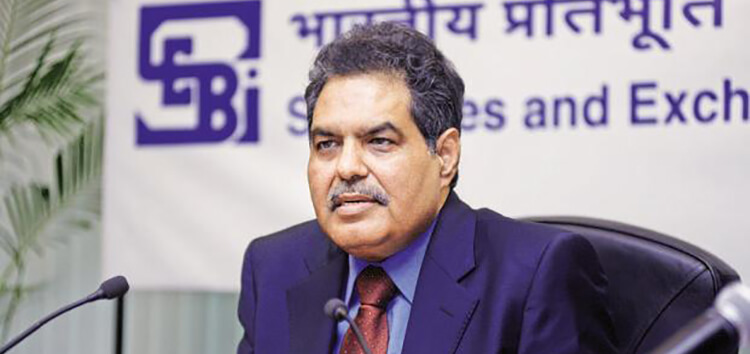
On 30th May, SEBI put out a proposed report to regulate Participatory Notes (P-Notes) more closely. It may be recollected that when SEBI permitted Foreign Institutional Investors to invest in India, these FIIs were required to register with SEBI by going through the stringent KYC and other reporting and compliance requirements. However, many smaller investors abroad and even institutions did not want to go through these rigorous processes and wanted an easier route to invest in India. Hence these foreign investors were permitted an additional route called as P-Notes. Under this mechanism, the investor could invest in the Indian markets by opening a P-Note account with a registered FII. The advantage was that the process was simpler and at the same time they could participate in the Indian markets.
Why SEBI was worried over P-Notes…
The big worry that SEBI had over P-Notes was that the P-Note issuing FII was not required to disclose complete details of the eventual beneficiary. In many cases, the institution that had originally opened the P-Note with a registered FII had sold the P-Note to another entity. As a result, the FII itself did not have an idea of the end client. This created a major compliance issue for the regulator in India. Secondly, there were fears that the P-Notes were being used to round-trip funds. What that means is that money that had illegally gone out of India was coming into India legitimately through the P-Note route. The third worry was that slush money generated from drugs and arms was also being routed into markets using P-Note route. While there was no evidence on these areas, this was a concern that many centrals banks and capital market regulators around the world had expressed. This had led SEBI to further tighten P-Note norms requiring much greater levels of transparency and disclosure. As a result the share of P-Note in total foreign portfolio investments, which was as high as 51% in 2007, had come down to just about 6% by the year 2017.
Gist of the new P-Note regulatory model proposed by SEBI…
In addition to the disclosure and compliance requirements, SEBI has additionally stipulated two additional measures, and these are open to public comments…
The SEBI proposals need to be seen in the light of the following scenario…
The special status for global portfolio investors in the form of ODIs was accorded at a time when India relied largely on FPI flows to bridge the fiscal deficit and to buoy the markets. A lot has changed since then. The fiscal deficit is well in control, domestic investors have become sizable investors in Indian equities and India has become the largest recipient of Foreign Direct Investment (FDI) in the world. Under these circumstances, SEBI is right in initiating one more step towards the gradual and eventual phasing out of P-Notes altogether.
Published on: May 30, 2017, 12:00 AM IST
We're Live on WhatsApp! Join our channel for market insights & updates